No products
Prices are tax included
 en
en  es
es  en
enCatalog

Loading...
E-type Shimano XT FD-M785-E2 2X10 speed front
Shimano XTR FC-M9100-1 175mm 11/12s crankset
Cassette Shimano 105 CS-R7000 11-32T 11s
Shimano Deore XT BL-M8000-L left disc...




 (4,5/5)
(4,5/5) 














Specialized helmets give you maximum protection whether you practice road cycling, aerodynamic, mountain or urban. Designed in colors and sizes that are sure to fit your needs, incorporating many of them removable visor, taillights and even specific anchors for women. In our collection of helmets you can find helmets for men, women, unisex and for children.
Specialized Propero III cycling helmet with ANGI system and Tri-Fix belts. Synchronize with app and STRAVA® to provide tracking of GPS-based...
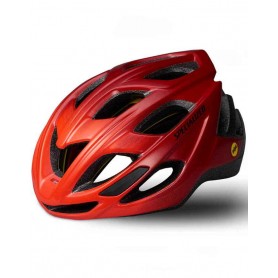
Specialized Chamonix cycling helmet with ANGI system, sensor that detects falls and MiPS that provides tracking of the activity.
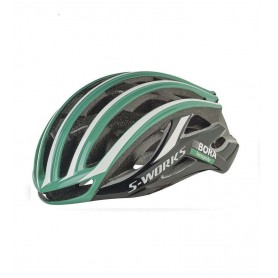
Specialized S-Works Prevail II Collector's edition BORA cycling helmet in Size M
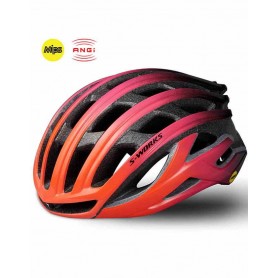
Specialized S-Works Prevail II cycling helmet with ANGi and MiPS systems available in red, yellow, black and white in several sizes.
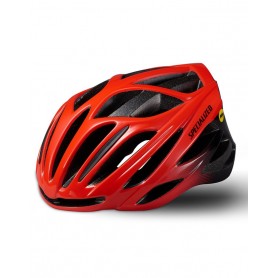
Specialized Echelon II MIPS cycling helmet in orange, yellow and red.
Specialized Echelon II cycling helmet in orange, yellow and red.
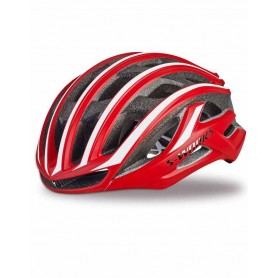
Specialized S-Works Prevail II cycling helmet in blue, black, neon yellow, black/orange, white and red.
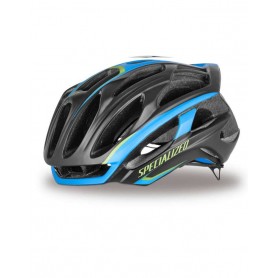
Specialized S-Works Prevail cycling helmet in black, blue/white, black/neon blue, matte red, white and white/black.
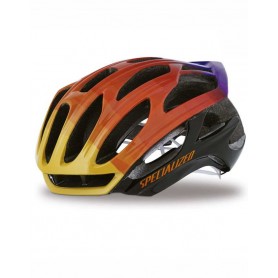
Specialized S-Works Prevail Team cycling helmet for woman with Boels Dolmans design. Size M
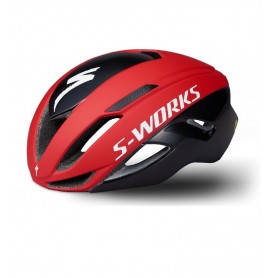
Specialized S-Works Evade W / Angi road helmet, with an improved design for greater lightness, ventilation and aerodynamics. Helmet type aero,...
Cycling helmet Specialized S-Works Evade Tri in red and white
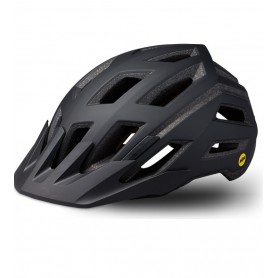
Specialized Tactic II cycling helmet in black, blue/red, grey and white.
Specialized Propero 3 cycling helmet in white, black, neon and red.
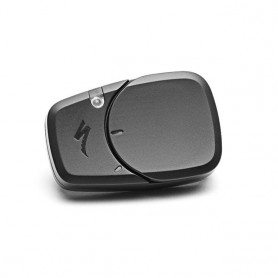
ANGi collision sensor adaptable to most cycling helmets on the market. This sensor allows you to send a warning to certain contacts when the...
The helmet is the most important protection element of all, whose use is mandatory in many countries of the world. Its main purpose is to prevent and avoid cranial injuries in case of fall. It should be noted that these helmets are exclusively for cycling, not for riding a motorcycle or any other similar activity. When purchasing a helmet, several important factors must be considered.
All helmets on sale on our website have at least the European certification (CE), but some of the helmets may also have the following certifications:
▸ CPSC: US Consumer Product Safety Commission Certificate.
▸ AS/NZS: Australia / New Zealand Safety Standard Certificate.
▸ SNELL: Certificate from the Snell Memorial Foundation, one of the most demanding in terms of security.
Although in our territory the only mandatory one is the CE, a helmet with more homologations implies that it has gone through more tests and that several organizations have proven their safety.
Generally, bicycle helmets kept in good condition have a maximum duration of 5 years, from which it can not be ensured that the materials condition is right and will absorb impacts and, therefore, protect the cyclist. It is recommended that the helmet is replaced by another once this time has elapsed, even if it appears to have no malfunction. Likewise, helmets that have suffered falls or knocks may also have lost their protective capacity even though they do not appear to have any type of wear.
Much of the effectiveness of a bicycle helmet depends on the cyclist wearing it well adjusted at the time of the stroke. The helmet should wrap the head well and there should be no spaces or movement when shaking the head. It has to be straight and cover the top and the forehead slightly above the eyebrows.
The straps should not be too loose nor over tight, allowing the head to rotate without problems. To ensure that the helmet is well placed, you should move your head to the left and right and up and down: the helmet and the strap should not move or disturb. The straps should not interfere with sight or hearing.
To choose the right size we have the size guide in each product page.
▸ The casing: Bicycle helmets usually have ABS plastic casings, although it is increasingly common to see high-end models with carbon fiber or polycarbonate casings. This part protects the internal cushion from the wear it may suffer in contact with the exterior and keeps it compact.
▸ The inner padding: To ensure the comfort of the helmet, the padding must be present at all the points where the head comes into contact with the helmet. It is made of a soft and fluffy material to avoid chafing and correctly dampen the head movements. Some extras that may include the manufacturers are gel inserts for more comfort or antibacterial fabrics to prevent the formation of bacteria in the sweat that the padding absorbs.
▸ Locking system: Any locking system must allow the proper adjustment of the helmet. These usually carry a padded piece underneath to protect the chin from rubbing, in addition to avoid pinching the skin when buckling it. Although chin restraints are not essential, some helmets incorporate them to minimize the discomfort of the coupling clip.
▸ Ventilation holes: Although the number of holes in the helmet is a guide to how well it ventilates, its effectiveness generally depends not so much on the number but how they are designed to allow a proper air circulation and maintain thus the head with a correct temperature.
▸ The visor: It used to be included mainly for MTB XC helmets, but it is no longer frequent. Some of the current models have removable visor that can be useful to protect from the sun if you do not want to use glasses.
▸ The visibility elements: Having bright colors or reflective strips makes the rider greatly visible especially on the road, so that they function as a passive safety element.